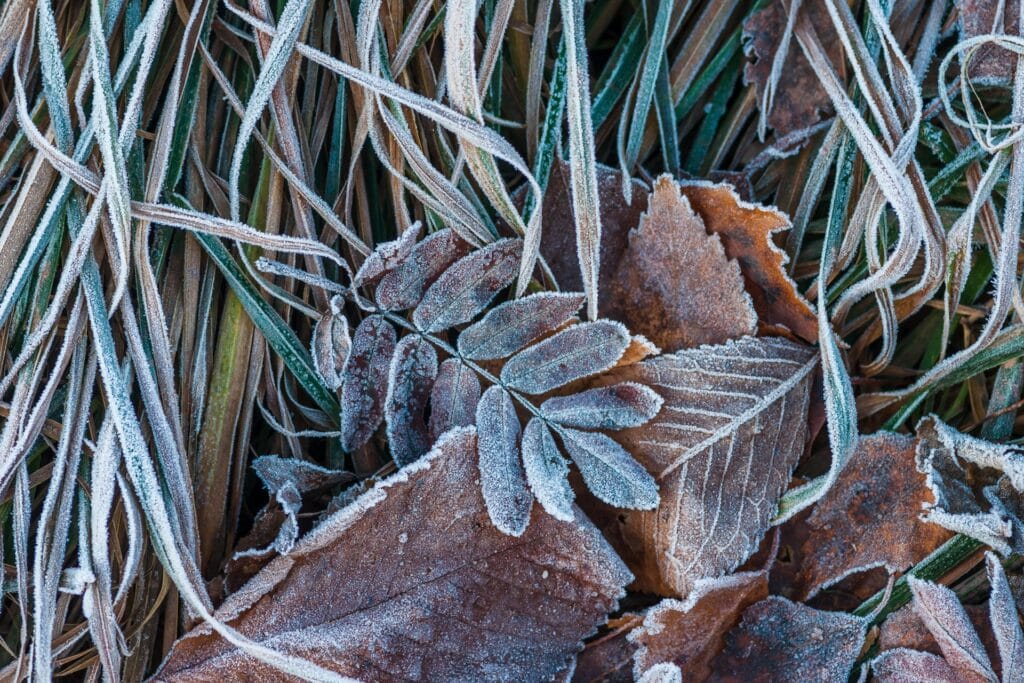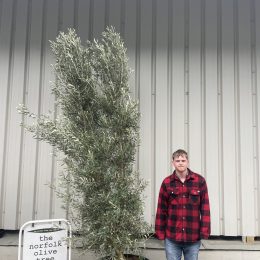Frost Protection
Now that winter and dare we say snow is upon us, it’s time to start thinking about frost protection. Here, we look at the best ways to prevent winter damage to your plants, especially your evergreens. Not only will your plants thank you now, but by spring they will be flourishing in all their glory.

Why do you need frost protection for your plants in Winter?
Without stating the obvious, it’s to help keep them alive! Prevention is far better than cure, so try to minimise the damaging effects of cold on your plants. This will help to give them the best possible chance to regrow and build strength for spring. If your plant does bear the brunt of cold harsh weather the damage could be long term, and possibly not reversable.Some of the main causes of cold damage on plants include:Extreme winter conditions such as snow, sleet, and wind with prolonged minus temperatures. The weight of snow and ice can break the branches of plants. Wind can dry out plants, especially evergreens. Root injury: Roots do not become dormant in the winter and roots are less hardy than stems. Leaf damage from cold sunny and windy days

Preventing snow and ice damage
One of the most effective ways to protect your plants is to wrap them up. Ideally, you want to wrap relatively small trees together with strong cloth or nylon tights. This should be placed two -thirds of the way above the weak branches. However, remember to remove these wrappings in spring to prevent girdling, and to allow free movement of the stem. In addition to this, some pruning will help with weak branch attachments and will reduce snow and ice damage. For trees with large wide-spreading leaders or large multi-stemmed trees, a professional arborist should cable the main branches together. When it comes to snow, lightly shaking off snow form leaves and branches can reduce the weight and pressure on the plant.

Things to avoid
Avoid high-nitrogen fertilisers as they encourage plants to make lots of sappy leafy growth. This is particularly susceptible to damage, especially early and late in the year. Ideally, you should try to leave the old growth of tender plants unpruned over the winter months. This will help to protect the central crown of the plant and take the brunt of any frost damage. If plants are cut back hard in autumn new growth could be damaged by frost.Cold air and frost tend to fall to the lowest point in a garden, so avoid planting tender plants in frost pockets.

Don’t be put off by the weather, you can still plant hardy trees in winter! Take a peek at our array of wonderful stock available today.




